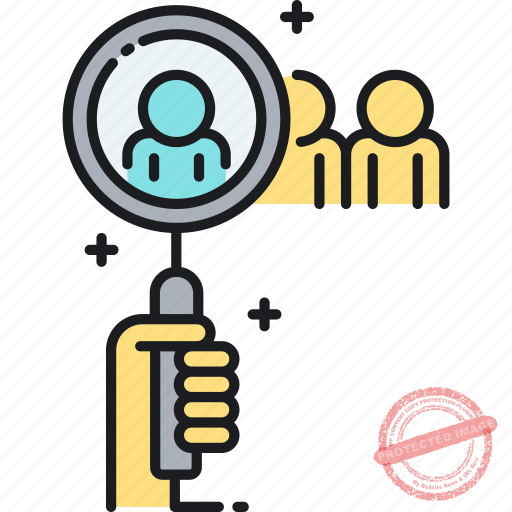Customer discovery plays a pivotal role in crafting a credible and compelling SBIR/STTR application, especially when it comes to strengthening your commercialization plan. Understanding your end-users and target market helps bridge the gap between technical innovation and real-world impact. By actively engaging with stakeholders, you can validate the need for your solution and refine your approach, making your proposal more competitive.
What is Customer Discovery?
Customer discovery is the process of identifying and understanding the needs, preferences, and pain points of your target market. It involves gathering insights directly from potential customers, end-users, and other stakeholders to determine whether your proposed solution addresses a critical need. Rather than making assumptions, customer discovery allows you to build your commercialization strategy on real data and feedback.
Did you know, I-Corps graduates are much more likely to achieve NSF funding? Plus, you get paid to attend the national cohorts! 100% of our clients who attended I-Corps found the experience valuable.
Why Customer Discovery Matters for SBIR/STTR Proposals
Agencies that fund SBIR/STTR projects are looking for innovations that not only demonstrate technical merit but also have a clear pathway to market adoption. Customer discovery can boost your proposal by:
- Validating Market Demand: Engaging with stakeholders provides evidence that there is a demand for your innovation.
- Refining Your Value Proposition: Feedback from potential customers helps clarify how your product stands out and meets user needs.
- Strengthening Credibility: Demonstrating that you’ve conducted market research and customer interviews shows reviewers that you understand the ecosystem you’re entering.
- Mitigating Risk: By identifying potential barriers to adoption early, you can address them proactively in your commercialization plan.
Key Steps in the Customer Discovery Process
1. Define Your Target Audience
Identify the specific groups of people who will interact with or benefit from your solution. This may include end-users, decision-makers, and stakeholders within different organizations or industries.
2. Conduct Interviews and Surveys
Engage directly with your target audience through interviews, focus groups, and surveys. Ask questions that uncover their current challenges, goals, and perspectives on existing solutions. Avoid leading questions to ensure you gather unbiased feedback.
3. Analyze Feedback and Identify Trends
Review the data you’ve collected to identify recurring themes and insights. Look for patterns that reveal both opportunities and potential obstacles. For example, are there common concerns about usability or cost that need to be addressed?
4. Validate Your Commercialization Assumptions
Use the insights from customer discovery to validate or refine key aspects of your commercialization plan. This may include revising your market-entry strategy, pricing model, or product features based on feedback.
Incorporating Customer Discovery into Your Proposal
When writing your SBIR/STTR application, include details about your customer discovery efforts in relevant sections:
- Problem Statement: Use customer feedback to highlight the real-world need for your solution.
- Technical Objectives: Ensure your objectives align with user requirements identified during discovery.
- Commercialization Plan: Demonstrate how your findings inform your go-to-market strategy, including partnerships, pricing, and distribution channels.
Providing data-backed insights from customer discovery shows reviewers that your innovation has both technical merit and market relevance.
Best Practices for Effective Customer Discovery
- Engage Early and Often: Begin customer discovery as early as possible and continue gathering feedback throughout the project.
- Diversify Your Sources: Reach out to a wide range of stakeholders to get a comprehensive view of the market.
- Document Findings: Keep detailed records of your conversations and survey results to support your proposal.
- Iterate Based on Feedback: Use customer input to refine both your technical approach and commercialization strategy.
Customer Discovery as a Competitive Advantage
Incorporating customer discovery into your SBIR/STTR application demonstrates that your innovation is grounded in real-world needs and has a viable path to market. By understanding your target audience and addressing their pain points, you position your proposal as a well-rounded, competitive submission.
At E.B. Howard Consulting, we collaborate with startups to integrate customer discovery insights into commercialization plans that resonate with reviewers. If you’re ready to strengthen your proposal with data-driven strategies, reach out to us. Let’s work together to create a compelling application that reflects both technical excellence and market readiness.
Ready To Take the Next Step?
We assist our clients in locating, applying for, and evaluating the outcomes of non-dilutive grant funding. We believe non-dilutive funding is a crucial tool for mitigating investment risks, and we are dedicated to guiding our clients through the entire process—from identifying the most suitable opportunities to submitting and managing grant applications.
